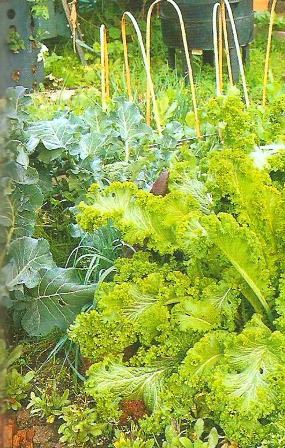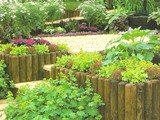|
Intercropping Vegetables was Ideal for My Backyard Vegetable Garden I started intercropping on my second year of gardening. And since then I’ve never returned to growing just one crop at a time. The space in my garden is being used more efficiently and I have a wider range of vegetables to choose from. Previously I had only tomatoes to reap. But since I added corn, cabbages and other vegetables, I can enjoy a bowl of salad fresh from my garden. I’m no longer limited. I guess the garden looks more attractive as well. It has more color than before. It’s a great conversation piece whenever I have friends over. They always state how striking the French marigold herb (which is yellow in color) looks great growing between the green leaves of the beans. Getting information on intercropping is a challenge. And in my experience most sites do a poor job at educating their visitors about interplanting vegetables. But what helped me a lot were the videos. They were informative enough and gave me ideas on how my garden should look after the vegetables are intercropped. Here are 2 videos that are ideal for those of us who have small vegetable gardens: I don’t think techniques like:
I had no predetermined arrangement. All I did was identify which crops grew well together and which did not and I planted to suit. And the results I got were encouraging. The Intercropping AdvantageApart from the advantages stated above interplanting helps gardener like you and me:
At PresentAt present, if you’re not intercropping I recommend you begin. Don’t be worried if it’s something you never did before. Plus, if you need to know which crops I use to do my interplanting then click here for a list companion crops.
|









